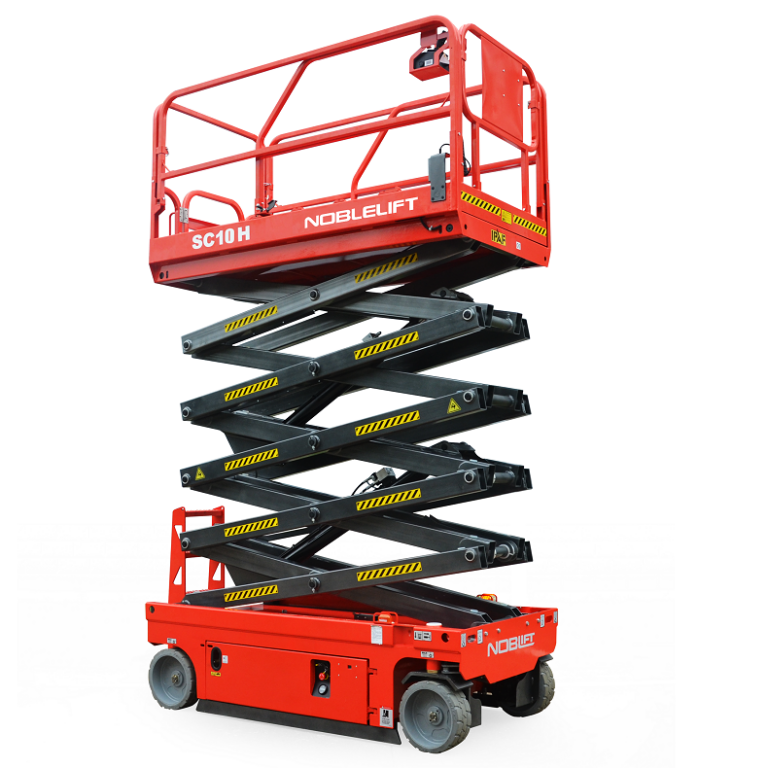| freeamfva | |
| freeamfvaのブログ | |
| 年代 | 30代前半 |
|---|---|
| 性別 | 女性 |
ブログライター
ブログ
| TITLE. The Ultimate Guide to Operating Reach Trucks Safely |
DATE. 2024年11月11日 10:37:03 |
THEME. 未分類 |
|
The Ultimate Guide to Operating Reach Trucks Safely
Understanding Reach Trucks
Design: Reach trucks are designed with a set of forks that extend forward, allowing operators to "reach" into racking systems. They are highly maneuverable, with a narrow chassis perfect for navigating tight spaces.
Pre-Operation Safety Checks Inspect the Vehicle: Check for any visible damage or wear on the forks, tires, and hydraulic systems. Ensure all controls, lights, and alarms are functioning properly. Fluid Levels: Verify that oil, hydraulic fluid, and battery water levels are adequate. Proper maintenance of these fluids is essential for optimal performance. Brakes and Steering: Test the brakes and steering mechanisms to ensure they are responsive and in good condition.
Safe Operating Practices Proper Training: Ensure that all operators are adequately trained and certified to use reach trucks. Comprehensive training should cover both theoretical knowledge and practical skills. Seat Belt Usage: Always wear a seat belt while operating the reach truck to prevent injuries in case of sudden stops or accidents. Load Handling: Balanced Loads: Ensure that loads are evenly distributed and do not exceed the truck's weight capacity. Secure Loads: Use appropriate securing methods such as stretch wrap or straps to stabilize the load. Height Awareness: Be cautious of the reach truck’s height capabilities and ensure loads are within safe stacking limits. Speed Control: Operate the reach truck at a controlled speed, especially when navigating turns or moving in congested areas. Avoid sudden stops and starts. Clear Visibility: Maintain clear visibility of the path ahead and the surroundings. Use mirrors and cameras if available, and always ensure the load does not obstruct your view. Communication: Use signals and horn to communicate with coworkers, especially in busy areas or when visibility is limited.
Battery Maintenance and Charging Proper Charging: Charge the battery in a well-ventilated area to prevent the buildup of harmful gases. Follow the manufacturer’s guidelines for charging times and procedures. Inspection: Regularly check the battery for any signs of damage or leaks. Ensure that the battery connections are clean and secure. Safe Handling: Always wear protective gear when handling batteries, including gloves and safety glasses. Avoid direct contact with battery acid.
Emergency Procedures Emergency Stops: Know the location and operation of emergency stop controls on the reach truck. Accident Response: In the event of an accident, follow established protocols for reporting and responding to injuries or equipment damage. Ensure that all personnel are familiar with these procedures. Fire Safety: Keep fire extinguishers accessible and ensure all operators know how to use them effectively. |
||



 Forklifts | China price Trader Manufacturer Wholesale Materials Handling Platforms Aerial Platforms sale Buy Online Industrial Equipment | Forklift
Forklifts | China price Trader Manufacturer Wholesale Materials Handling Platforms Aerial Platforms sale Buy Online Industrial Equipment | Forklift












コメント
コメント:0件
コメントはまだありません